The medieval art is one that was produced during the period of the Middle Ages (5th to 15th century).
It is associated with religiosity, since in that period the Church had great power and influence in people's lives.
Thus, theocentrism (God as the center of the world) was the main characteristic of medieval culture.
History of Medieval Art:Summary
The Middle Ages began with the fall of the Western Roman Empire in 476. Its end was marked by the capture of Constantinople by the Turks in 1453.
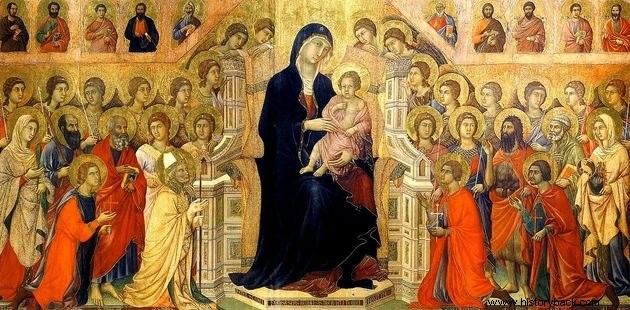
In the Middle Ages (or Middle Ages), few people could read. This activity was exclusive to Church members (clergy) and nobles.
Therefore, the religious art of the Middle Ages was intended to bring people closer to religiosity and present a didactic character.
The main political-administrative organization of this period was based on the feudal system. In these large tracts of land, social mobility was non-existent.
Feudal society was exclusively rural and self-sufficient. The social structure was estate and fixed, divided into king, clergy, nobility and people.
It was in this context that medieval art developed in various fields, such as architecture, painting, music, sculpture and literature. Two styles were predominant in this period:the Romanesque Style and the Gothic Style .
Understand more about this period in the articles :
- Middle Ages
- Medieval Culture
- Medieval Philosophy
- Medieval Church
- Theocentrism
Characteristics of Art in the Middle Ages
As mentioned, medieval art was divided into two periods, with different characteristics in each of them.
However, the main common thread was in the theme of the works, which were basically religious.
Check below the main particularities of each style that prevailed in the Middle Ages:
Romanesque Medieval Art
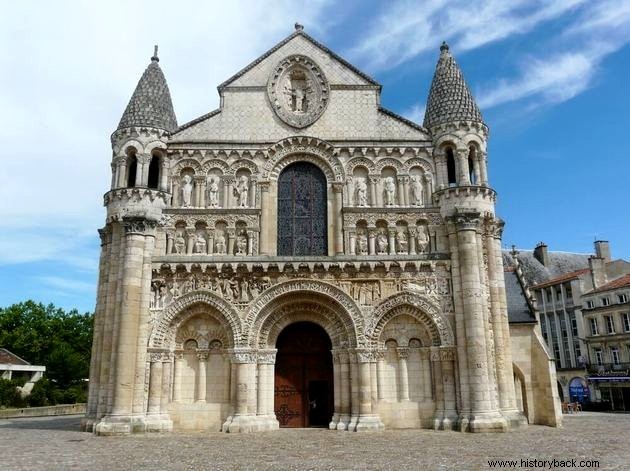
Romanesque art gets its name as it is associated with Roman culture. The Romanesque style was developed during the period known as the High Middle Ages (between the 5th and 9th centuries).
In architecture, we have castles, churches and monasteries that reveal the “heavier” style compared to Gothic art. With few windows, in these places the entry of light was scarce.
That is, in Romanesque architecture the walls of the buildings were thick, which revealed the main purpose of defense.
During this period, vaults and round arches prevailed. The horizontality of the buildings represented an important characteristic of this period. The architectural plans were built in the shape of a cross and the horizontality of the construction was evident.
In painting and sculpture, the subjects were essentially religious. These artistic manifestations were found in churches and castles and were intended to adorn, as well as instruct people on religious themes.
In relation to the Gothic style, the Romanesque decoration was simpler.
See also:Byzantine artMedieval Gothic Art
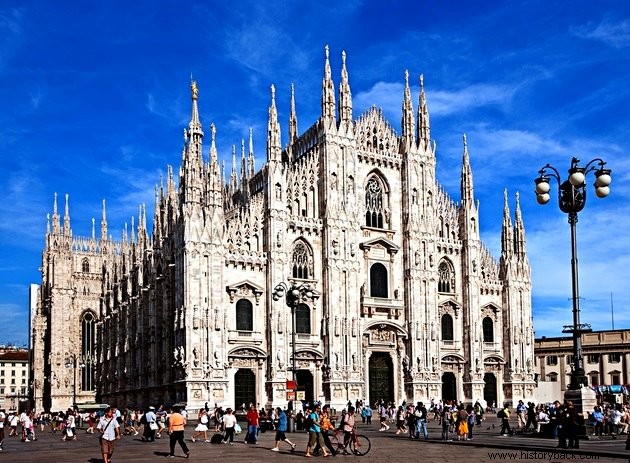
Gothic art is later than Romanesque art, and was developed in the period known as the Late Middle Ages (10th to 15th centuries). Unlike Romanesque art, Gothic art revealed greater lightness and openness.
That is, if we compare the architecture of the two periods, we notice that in Gothic art, the buildings did not have such thick walls. In addition, the entrances (whether from churches or monasteries) already included more openings, from windows and doors.
We must remember that the windows of Romanesque art were very narrow, while in Gothic art the windows are already larger and in greater number, thus allowing the entry of light. In this period, the broken-back arches and the warheads prevailed.
Still in architecture, Gothic art used stained glass windows for the entry of light. Most of them with religious themes.
One of the most relevant features of Gothic architecture was verticality. In other words, the buildings were very high, which reveal the strength of religiosity. The higher they were, the closer they were to God.
As in Romanesque art, Gothic paintings and sculptures had religion as their main theme.
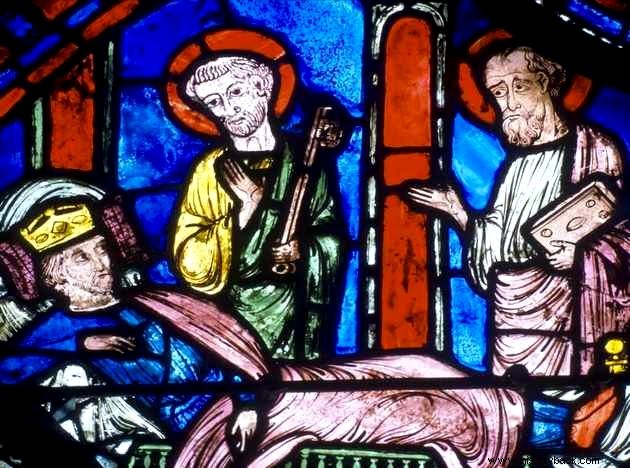
Stained glass windows were very common in this period. They were made of glass and full of color. They usually represented religious themes, however, there are those in rounded shapes, such as rose windows and mosaics.
For more on medieval art, check out :
- Medieval Architecture
- Gothic Architecture
- Medieval Theater
- Medieval Prose
- Medieval Literature
- Medieval Castles
Art in the Middle Ages and Renaissance Art
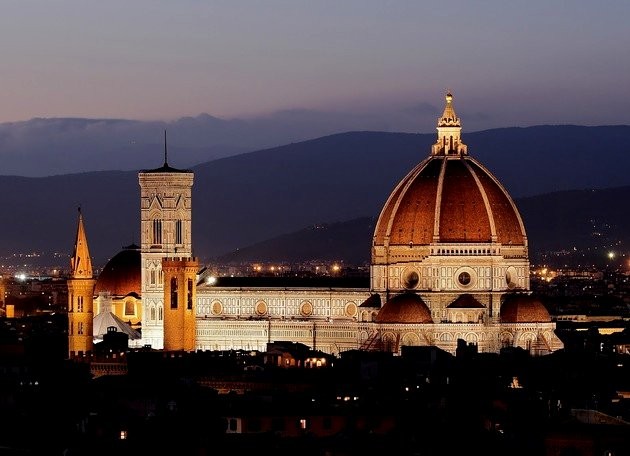
Medieval art was essentially religious, while Renaissance art already shows the introduction of new themes related to man. However, Renaissance art still included religious themes.
This occurred once theocentrism (god as the center of the world) gave way to anthropocentrism (man as the center of the world).
The Middle Ages was a long period of history that prevailed for 10 centuries (5th to 15th centuries).
The Renaissance was an artistic, cultural and philosophical movement. It originated in Italy from the 15th century onwards, that is, when the Modern Age begins.
To learn more about Renaissance Art, read :
- Renaissance Architecture
- Renaissance Theater
- Artistic Renaissance
- Artists of the Renaissance
